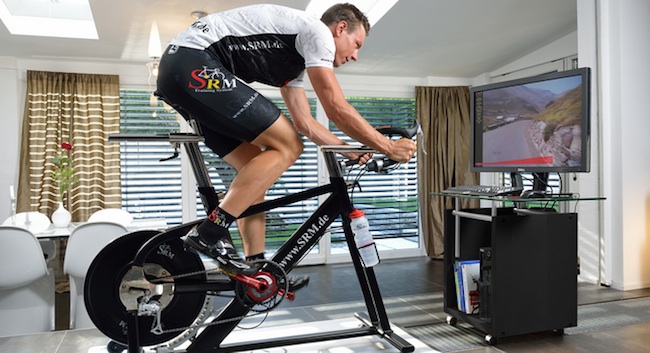Cyclists are known for being tough, both physically and mentally. So you put in the miles, you push yourself to the limits of what your body will put up with, and over time, you improve. This is what being a cyclist is all about, but one important factor is often left out of the average training plan – your mental toughness.
Mastery over the mind is essential in a tough, endurance sport like cycling. When your legs are screaming and lungs burning, your mind can quickly become your enemy. It all comes down to mental toughness, and luckily it can be learned, but it takes practice to tame the mind and turn it into a force that works for you rather than against.
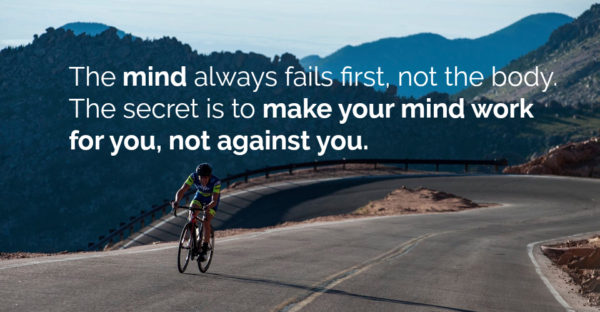
Step 1: Tame Your Mind
You know when you’re on your bike, and you carry on a conversation with yourself throughout the entire ride? The human mind is naturally restless and unsettled, so it’s perfectly normal that your thought process is jumping around.
The first step is taking control of that conversation and using it to your advantage. You’re never going to truly silence your mind (unless you’re a zen mater), so try to slow down the flow of thoughts to reduce any anxiety and help bring focus. Next, implant your ‘power thought.’ Okay, that may sound cheesy, but it works! It’s different for everyone, it could be a phrase, an image, an entire video sequence you play over and over. Just make sure it’s positive, focused, and loud enough to drown out any negativity.
Step 2: Change Up How You Measure Distance
Sometimes a mile can feel like an eternity, so try switching up your focus. Rides that include a lot of climbing can be daunting as you watch your distance creep along, so track time instead. Getting through it, minute by minute, can help you focus on what’s right in front of you rather than the long-term goal, which can seem daunting halfway through a ride.
Step 3: Breathe
Easy enough, right? We can all suffer from pre-race jitters or stress, but taking a few moments to practice just breathing can erase them almost entirely. A common practice for racers is ‘circle breathing,’ which is just very intentional and controlled breathing.
Take a deep breath in through your nose, feeling your chest expand to its capacity and pushing your abdomen outward, and hold. Then steadily exhale through your mouth, pushing every last bit of air out. Repeat this cycle 5-10 times and you will be able to feel both your body and mind relax. Ensure you are also using proper breathing techniques while you are on you bike.
Step 4: Mental Toughness
Mental toughness comes down to acknowledging pain or discomfort and moving past it. There are a lot of ways you can do this, so you’ll have to find what works for you. You can come up with your own fighting talk, like the classic “Shut up legs! Do what I tell you to do.” Or, you can visualize yourself winning the Tour de France to stay focused.
Personally, I use images or visual queues to tackle those tough moments. Reeling in the rider ahead is one of the most effective ways I’ve found to push myself. Picture a fishing line between the front of your bike and the back of theirs, then slowly reel them in. There’s nothing more rewording then when you finally do!
Step 5: Get Into The Zone
‘The zone’ is more often used to describe the state that runners enter in connection with the runner’s high, but it exists for cyclists as well. It can be described as the state of flow in which a rider is 100 percent absorbed in the task at hand, or pure concentration. Some descriptions of ‘the zone’ from various athletes are:
- You can feel that you are being challenged, but you also know you have the skills to meet that challenge.
- You can picture clearly what you need to do, and how you’re going to do it.
- A feeling of being one with your actions.
- A sense of being able to do anything without feeling like you have to try. You are in total control of your body and mind.
- No worries, concerns, or fears of failure.
- A feeling that time speeds up or slows down.
A technique to try and enter the zone is to bring your concentration down to a precise moment. Focus on your pedalling efficiency, the motion of pulling up and pushing down as seamlessly as you can. Concentrate on the sound of your bike, the wind, or your tires on the road.
At the beginning stages, it is definitely the total physical development that is important. Later on you develop more mental concentration, mental preparation to main maintain the physical capacity.” – Eddy Merckx
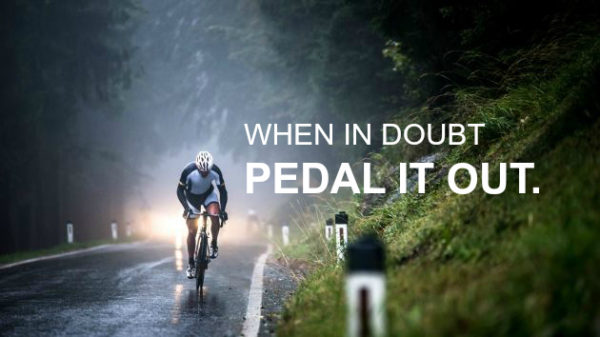
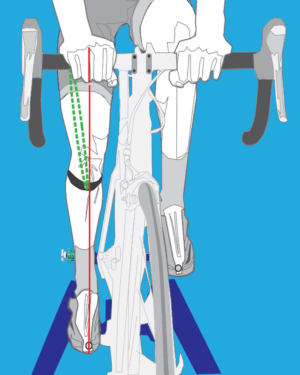
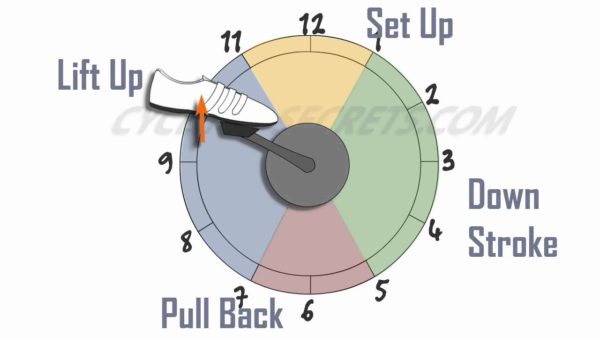
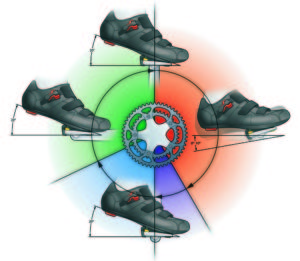
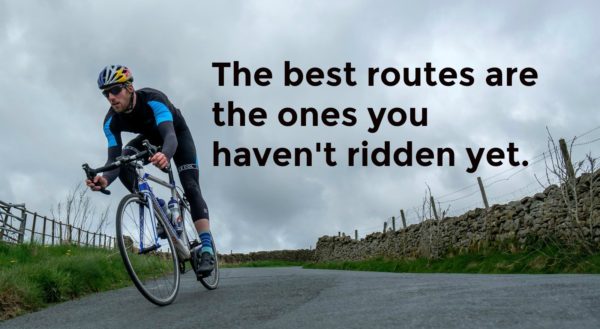
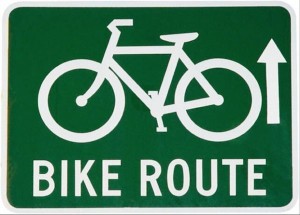
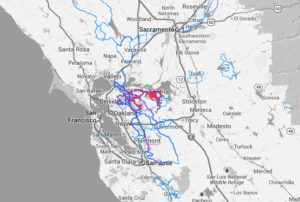 Strava
Strava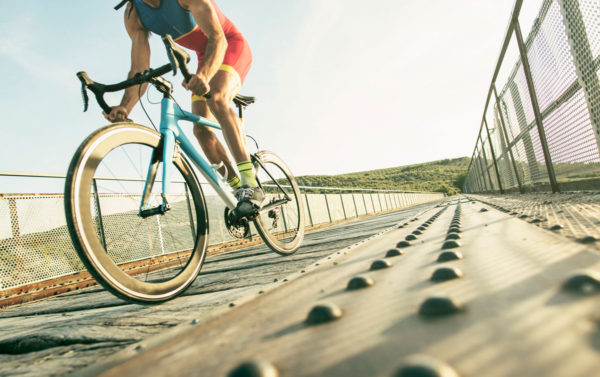
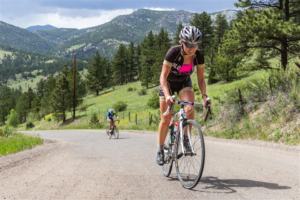
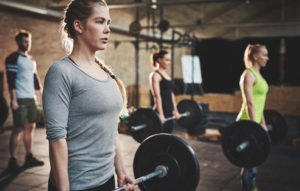 Off the Bike
Off the Bike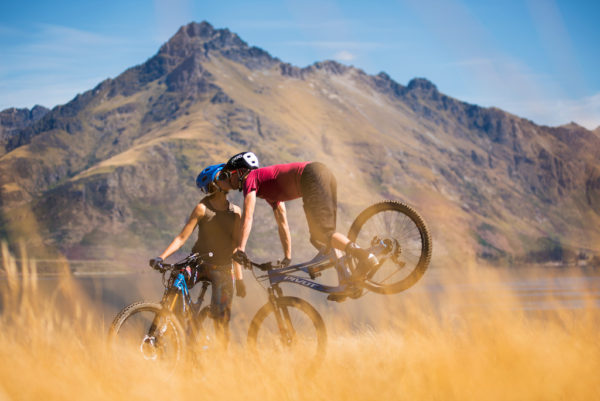
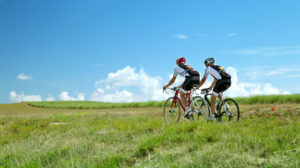 Quality Time Together
Quality Time Together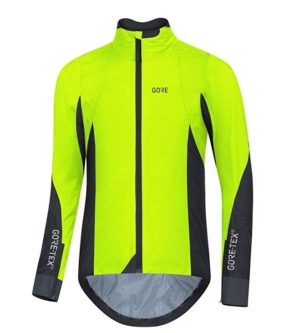
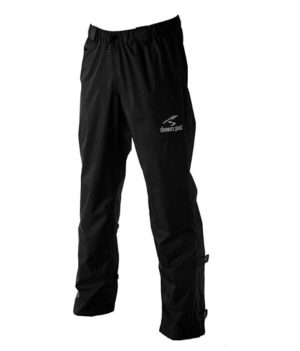
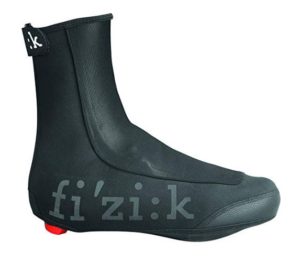
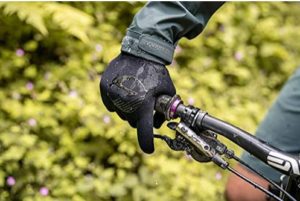
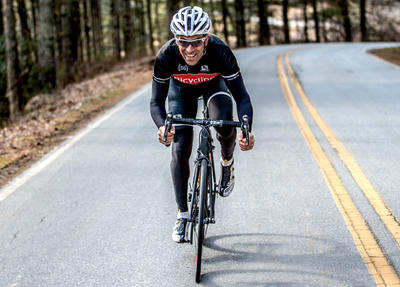 Heart rate zone training is one of the most effective ways to get to know your body and what you’re capable of. It’s easy to stop doing something when it’s hard, especially if you don’t have a tangible goal. Using your heart rate zones, you can push yourself further than you may think possible, while also ensuring you aren’t overtraining.
Heart rate zone training is one of the most effective ways to get to know your body and what you’re capable of. It’s easy to stop doing something when it’s hard, especially if you don’t have a tangible goal. Using your heart rate zones, you can push yourself further than you may think possible, while also ensuring you aren’t overtraining.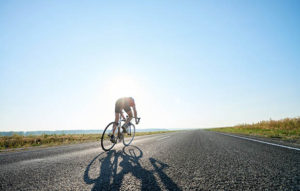
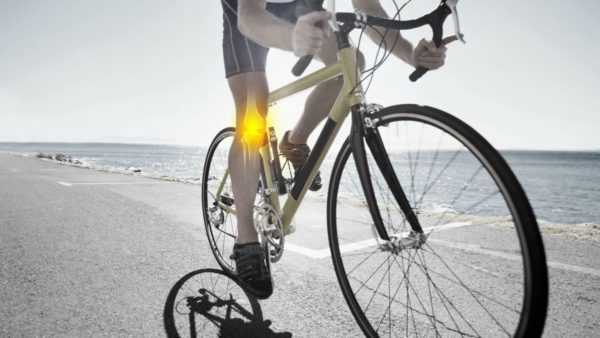
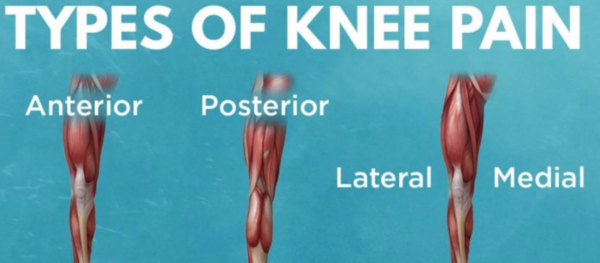
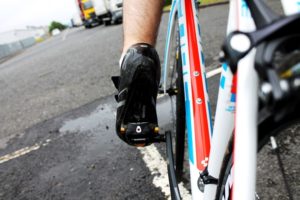
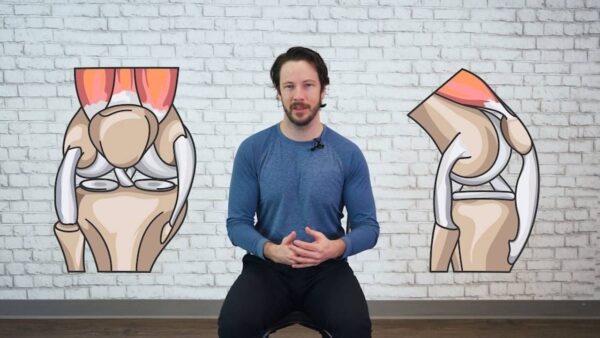
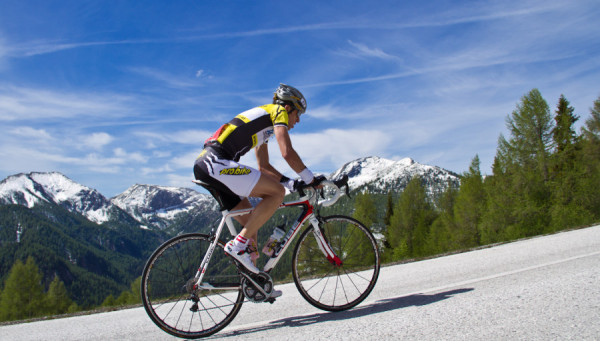
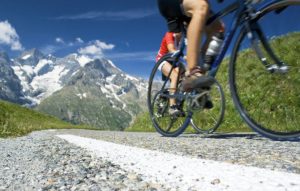 Here is what you will need:
Here is what you will need: